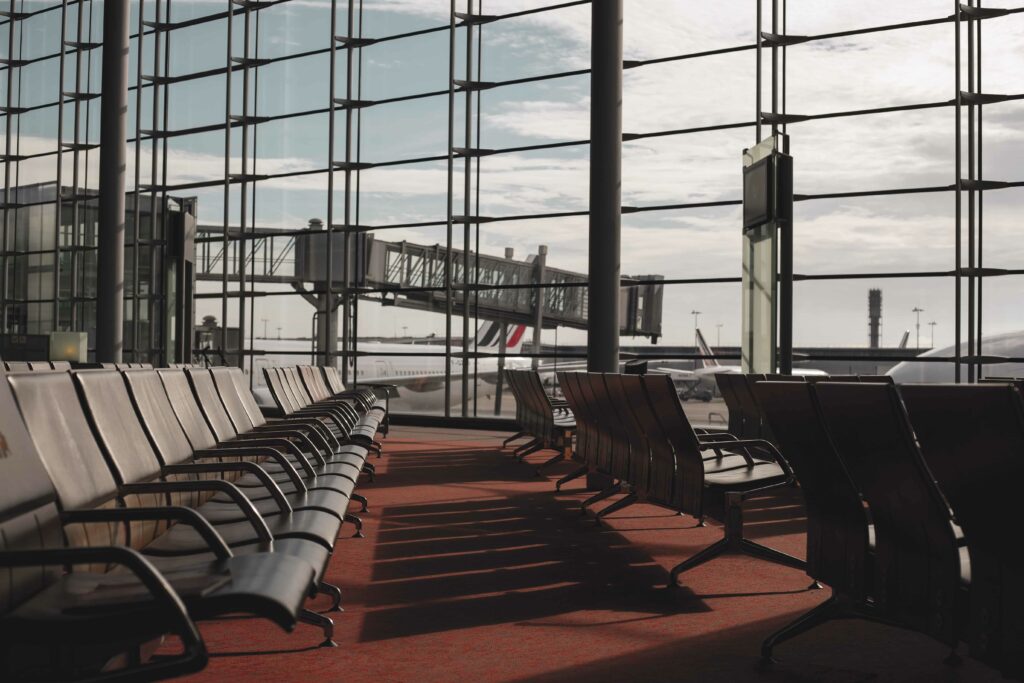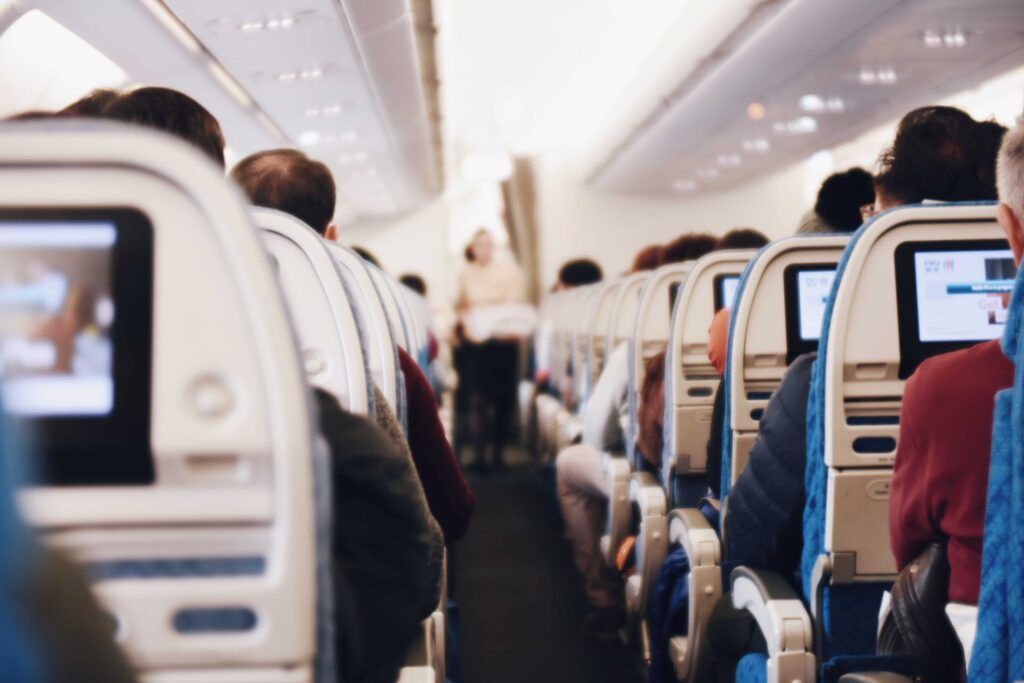Time for the great SAF Rush
"We need the policies and the right incentives from governments to support the investment and in particular, to deploy the necessary capital to ramp up production to address the high price of Sustainable Aviation Fuel" argues Niamh McCarthy, Head of Competition Law at International Airlines Group, in her recent opinion piece reflecting on the airline industry's path to decarbonisation against the backdrop of the pandemic.
This article by Niamh McCarthy, Head of Competition Law at International Airlines Group (IAG), originally appeared in the European Transport Regulation Observer “Short- and Mid-Term COVID-19 Effects on the Aviation Sector: A Competition Law Perspective” (January, 2022).
The COVID-19 pandemic has hit the aviation industry hard. But as airlines chart a path to recovery, part of their return must include reducing the industry’s contribution to climate change. Sustainable aviation fuel (SAF) is a key part of the aviation industry’s plan to reduce carbon emissions in the coming decades. Yet SAF production today is just 0.1 percent of overall jet fuel supply. The good news is that from a technical perspective, sustainable fuels can become the new normal, growing to 20% volume in use by 2035 in the EU. Also, many recent models point to about two-thirds SAF in use by 2050, provided we can incentivise the wider-spread production of the fuels.
Indeed the International Aviation Climate Ambition Coalition at the COP26 in Glasgow in November 2021 has committed to the development and deployment, through international and national measures, of sustainable aviation fuels.
The ambition is there, but right now we don’t have the supply; at least not at the scale that is required. And to achieve that scale will take real partnership from airlines, fuel providers, and policymakers to build an entire ecosystem for sustainable fuel from scratch. That includes every link in the supply chain: from the initial facilities, where sustainable materials are processed to the plants, where the fuel is refined to the delivery of the fuel to our EU airports. But the good news is that the SAF is “drop-in” meaning that it is chemically very similar to fossil jet fuel, so it can simply be mixed into existing storage, pipelines and aircraft.
We need the policies and the right incentives from governments to support the investment and in particular, to deploy the necessary capital to ramp up production to address the high price of SAF, which is the single biggest operating expense for airlines. Even though the demand signal is there through mandates and commercial commitments, it is nonetheless estimated that SAF production will require significant public financial support in the range of €120 billion over 15 years.
SAF mandates are important but not enough
The EU ReFuel mandate though it does provide a clear demand signal, will not of itself deliver the necessary capital investment to spur wide-scale commercial deployment of SAF. The mandate must be accompanied by other positive measures such as the allocation of public funds to help reduce the price gap between SAF and conventional jet fuel.
Nor are Airline Offtake agreements enough on their own
Similarly, traditional offtake contracts aren’t enough to spur more SAF production on their own. The issue is that the price sensitivity within those contracts is such that they are saying if you can produce it at a price comparable to current opportunity, then we’ll buy as much as you can produce. The issue is that this is not sufficient today to deploy more production because there is still an incremental expense that needs to be overcome.
That is where EU State aid policy can help to introduce price stability mechanisms. For example, contracts for difference (CCfDs) which entitle the beneficiary to a payment equal to the difference between a fixed and a reference price, have proved very successful in commercialising and bringing in economies of scale for UK’s renewable power. In this respect, the clarification in the CEEAG that aid for decarbonisation can take the form of contracts for difference is to be welcomed.
Closing the incentive gap with other fuels
Another factor limiting investment in SAF has been a gap between how aviation and other fuels are incentivised. Investors want to have security into the future of consistent policy that will support their activity and their return on their investment. And today, we don’t have that. It’s uneven with regard to what types of fuels are being incentivised. Producers look at the marketplace and see which is going to give the best return. Today, policy has skewed more towards ground transportation fuels, and as such, we believe intervention is needed to deliver preferential feedstock access for the aviation sector. For example, in California, producers are driven to find the lowest-carbon solution because every percentage that they reduce generates more carbon credits which in turn allows them to reduce costs.
Direct Incentives and Targeted Aid
The current EU State aid rules are insufficient to support the greening of aviation through SAF production. Because of the specific types of investments needed, we believe direct public support through targeted packages of incentives in the form of loan guarantees, direct subsidies and tax breaks are required at Member State or EU level.
It is the first SAF Plants which are the hardest plants to build
The US has a strategy clearly in this direction, and is becoming the most advantageous area in the world to produce SAF at present, leading by a considerable margin in terms of attracting investment to SAF upscaling. The US recognises the importance of keeping US aviation competitive and therefore is prioritising incentives over mandates. SAF in the US will almost be at cost parity with fossil kerosene, meaning that US aviation will have a significant advantage over EU based carriers in having access to a growing volume of low-cost SAF enabling customers to buy low carbon flights at an affordable price. In this sense, the US is leading the world race. Because often building the first plant is the most difficult if we look to the US example recognising the need of pre-revenue companies investing in SAF production through clear access to non-dilutive capital via federal grants and federal loan guarantees – sometimes up to 80% for first of a kind project. Similarly, the UK £180 million fund to support the construction of new SAF plants is a welcome move.






